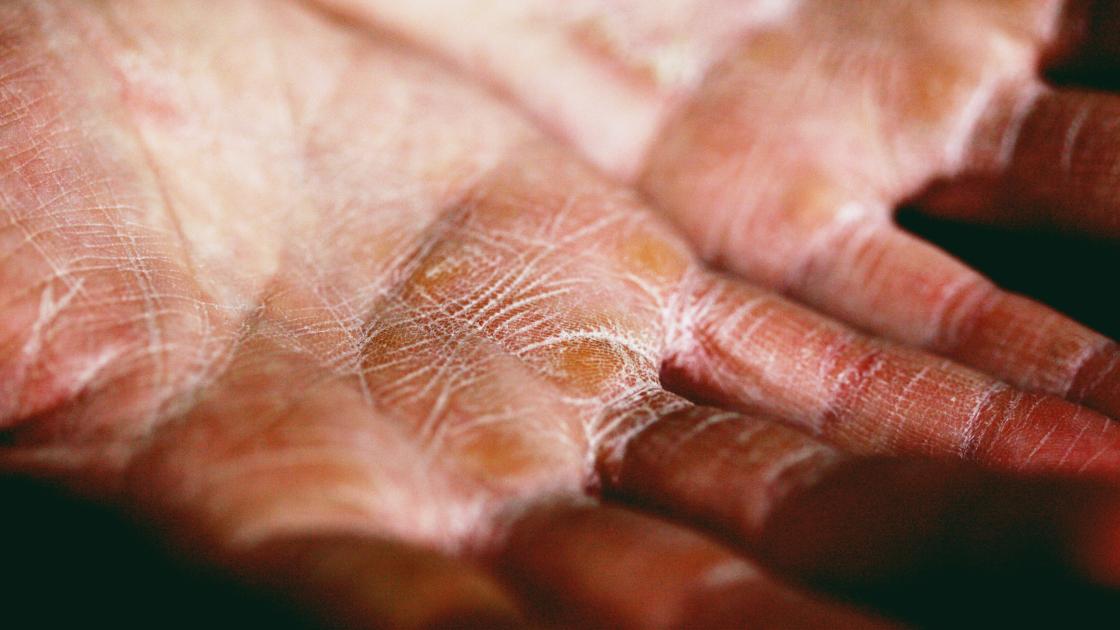
Telehealth can help detect skin cancer
Early detection is the key to successful treatment of skin cancer, including melanoma, the leading cause of skin cancer deaths. More than 100,000 melanoma cases are diagnosed each year, according to the American Cancer Society. One powerful tool that can aid in early detection is telehealth.
Here's four ways that telehealth can play a crucial role in melanoma and skin cancer detection.
1. Remote Consultations. Telehealth allows individuals to remotely consult with dermatologists and other health care providers. This is particularly beneficial for those living in rural or underserved areas with limited access to specialized care. Through video consultations, dermatologists can assess skin concerns, provide recommendations and triage you to in-person care if necessary.
2. Education and Awareness. Telehealth platforms can be used for educational resources and raise awareness about skin cancer prevention. By providing information about risk factors, signs to watch for and the importance of regular skin checks, telehealth can empower you to take proactive steps in protecting your skin health.
3. Follow-Up Care. For individuals who have undergone treatment for skin cancer, telehealth offers a convenient way to receive follow-up care. Follow-up appointments can be conducted virtually, reducing the need for frequent in-person visits and minimizing disruptions to daily life.
4. Monitoring Skin Changes. Telehealth tools allow providers to monitor changes in your skin and provide images to health care providers for evaluation. This can help detect potential signs of skin cancer early, allowing for timely intervention.
Whether you’re concerned about skin changes or you have a history of skin cancer, telehealth can help. Contact SIU Medicine at 217-545-8000 to find a telehealth provider who can help.




